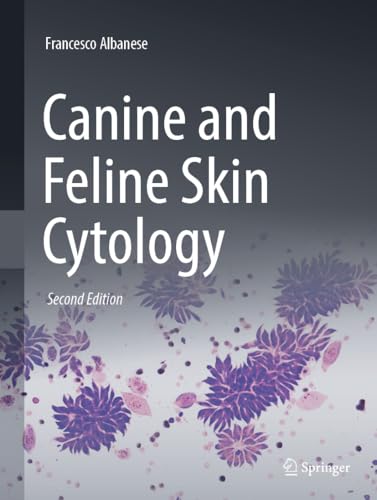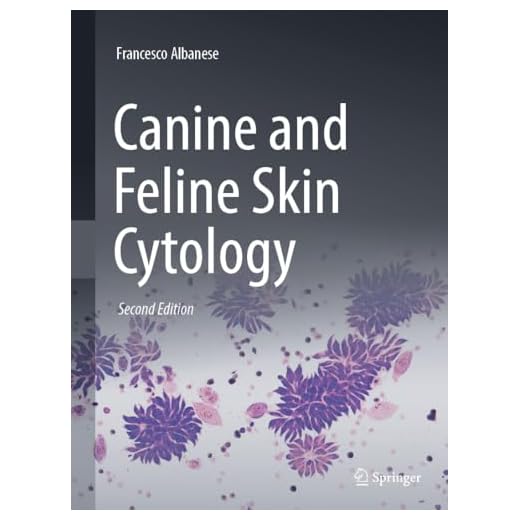
For anyone who shares their life with a furry friend, noticing unusual changes in their appearance can be concerning. If you spot any odd lumps or lesions on your pet’s skin, it’s crucial to take action. Early recognition can make a significant difference in treatment outcomes.
Typically, these growths may present as red or swollen areas, often with a crusty or scabby texture. They might vary in size, colour, and shape, sometimes resembling a raised bump or a flat patch. Pay special attention to any changes in behaviour, such as excessive licking or scratching at the affected area.
If you find any abnormalities, a visit to your veterinarian should be your next step. They can provide a thorough examination and determine if further tests are necessary. Remember, timely intervention is key to ensuring your pet’s health and well-being.
Signs of Tumours on Canines
Look for growths or lesions that appear irregular in shape and colour. These abnormalities may be raised, flat, or even ulcerated, often accompanied by redness or swelling in the surrounding area. Some may have a crusty appearance or show signs of discharge, which can indicate inflammation or infection.
Specific Characteristics to Observe
Pay attention to the texture; some may feel hard, while others can be soft or spongy. Changes in size are also significant. If a particular area seems to increase in dimension or change colour over time, it warrants immediate veterinary attention. Additionally, behavioural changes such as excessive licking or scratching at a specific spot can be a red flag.
Location Matters
Common sites include the mouth, ears, and paws. Lesions in the oral cavity can affect eating habits, leading to reluctance to chew or play with toys. If you notice your pet avoiding certain activities, this could indicate discomfort stemming from these growths.
Regular check-ups are vital. Early detection often leads to better outcomes, so keep a close eye on any changes in your furry friend’s skin or behaviour. Consult a veterinarian if anything seems out of the ordinary. Your attentiveness can make all the difference in their health journey.
Identifying Symptoms of Cancer Sores in Dogs
First and foremost, monitor your pet for any unusual signs. Changes in behaviour or physical appearance can indicate underlying health issues. Here are the symptoms to watch out for:
- Unusual lumps or bumps on the skin, especially if they change in size or shape.
- Redness or inflammation around the area, which may indicate irritation.
- Persistent sores that do not heal over time, raising concern for underlying problems.
- Excessive licking or scratching at specific spots, leading to further irritation.
- Foul odour emanating from sores, suggesting infection or more serious issues.
- Changes in appetite or lethargy, which may accompany physical discomfort.
Behavioural Indicators
Pay attention to any shifts in your furry friend’s behaviour. A normally playful pup may become withdrawn or irritable. If your canine companion shows signs of discomfort, such as difficulty lying down or reluctance to engage in usual activities, a visit to the vet is warranted.
Regular Check-ups
Routine veterinary visits are crucial for early detection. Your veterinarian can perform examinations and recommend diagnostics if necessary. Regular monitoring of your dog’s skin condition can lead to timely interventions and better outcomes.
Visual Characteristics of Oral Tumours
When examining your pet’s mouth for abnormal growths, focus on the size, shape, and texture of any lesions. Oral tumours often appear as irregularly shaped masses, sometimes raised or ulcerated, with a rough surface. They can vary in colour, presenting shades from pink to red or even darker hues. Pay close attention to any areas that seem inflamed or swollen, as these can indicate underlying issues.
Common Features
Many growths may have a wart-like or cauliflower appearance, while others could be smooth and more rounded. The presence of bleeding or a foul odour is also significant, signalling possible complications. Observing any changes in your companion’s eating habits or signs of discomfort while chewing should prompt immediate veterinary consultation.
Specific Signs to Note
Monitor for excessive drooling or difficulty in closing the mouth, as these can indicate larger masses that obstruct normal function. If you notice a sudden change in behaviour, such as reluctance to play or a decrease in energy levels, these could also be linked to oral health issues. Early detection plays a crucial role in effective treatment, so keep a close eye on your furry friend’s oral hygiene and any unusual developments.
Distinct Signs of Skin Tumours in Canines
Recognising unusual growths on your pet’s skin is vital. Look for irregularities such as raised lumps or patches that appear suddenly and change in size or colour. These may vary in texture, feeling hard or soft to the touch. Pay attention to areas that seem irritated or inflamed, as these can be indicators of underlying issues.
Observe for any discharge or bleeding from these areas, which could signify infection or more serious conditions. In some cases, the skin may appear crusty or scabbed over, suggesting chronic irritation. Monitor your furry friend for signs of discomfort, such as excessive scratching or licking at specific spots.
| Characteristic | Description |
|---|---|
| Size Changes | Growths that increase in size rapidly. |
| Colour Variations | Shifts in pigmentation, like darkening or reddening. |
| Texture Differences | Rough, scaly, or smooth surfaces that feel different from surrounding skin. |
| Discharge | Fluid or blood oozing from the growths. |
| Behavioural Changes | Increased restlessness or signs of pain. |
Regular examinations of your pet’s skin are essential. If you notice any of these signs, consulting a veterinarian promptly can lead to early diagnosis and better treatment options. Keeping a close eye on your canine companion ensures any issues are addressed swiftly.
Differences Between Tumours and Other Skin Conditions
Recognising the distinction between tumours and other skin ailments is crucial for timely intervention. Key indicators can help identify whether a growth is of concern or simply a benign issue.
Common Characteristics of Tumours
- Irregular shape: Tumours often have uneven edges.
- Changes over time: A growth that increases in size or changes colour should be monitored closely.
- Non-healing sores: If a sore does not improve with standard treatment, it might indicate something more serious.
Typical Signs of Non-Cancerous Conditions
- Symmetrical growths: Benign lumps usually appear uniform and well-defined.
- Itching or irritation: Skin irritations are often accompanied by scratching or licking.
- Quick healing: Minor cuts and abrasions typically heal within a few days without significant intervention.
For any unusual growths, consulting a veterinarian is advisable. Keep an eye out for patterns in behaviour, such as changes in appetite. If you notice any odd habits, like why is my dog nosing his food, it could be a sign of discomfort. Regular check-ups can help catch potential issues early on.
When to Consult a Veterinarian About Cancer Sores
Seek veterinary attention immediately if you notice persistent lesions, unusual growths, or any signs of discomfort in your furry friend. It’s crucial to act without delay if your pet exhibits bleeding, swelling, or foul odours emanating from the mouth or skin. These could signal a more serious issue requiring prompt intervention.
If your companion has lost weight, shown changes in appetite, or displayed lethargy alongside skin abnormalities, these are clear indicators that a visit to the vet is necessary. Don’t hesitate if there are changes in your dog’s behaviour, such as increased irritability or reluctance to play. These behaviours often hint at underlying health problems.
Regular check-ups are important, especially for older animals or those with a history of skin conditions. If you discover any new bumps or irregularities during grooming or playtime, document them and schedule an appointment for a thorough examination. Early detection can vastly improve treatment outcomes.
Trust your instincts as a pet owner. If something feels off, it’s better to be cautious. A veterinarian can provide the guidance needed to address any abnormalities effectively and ensure your beloved pet receives the care it deserves.







